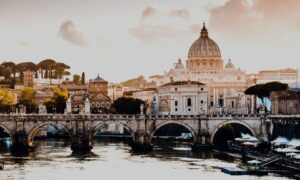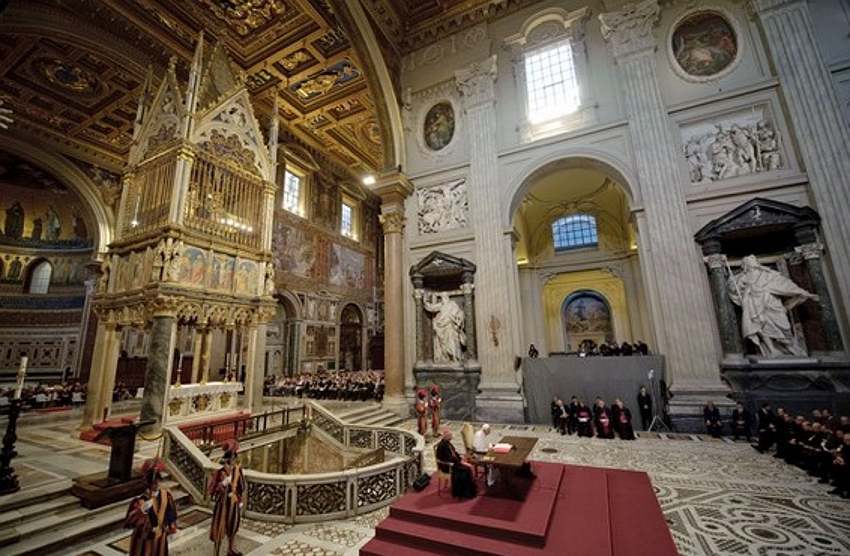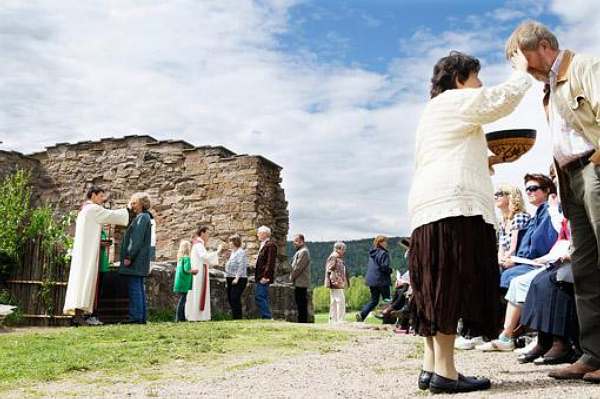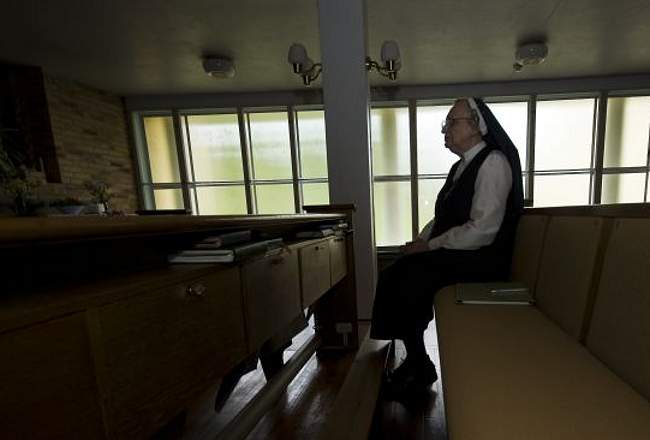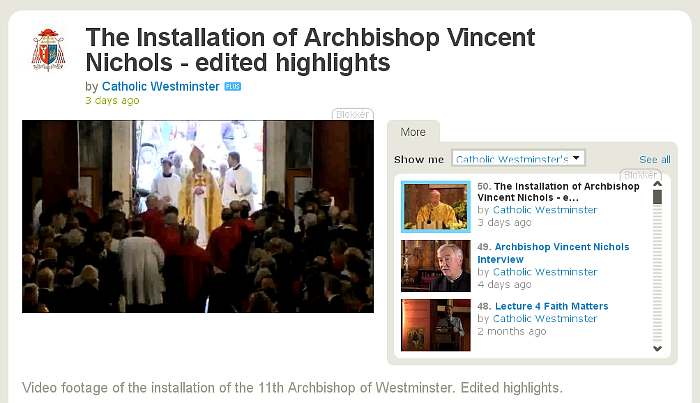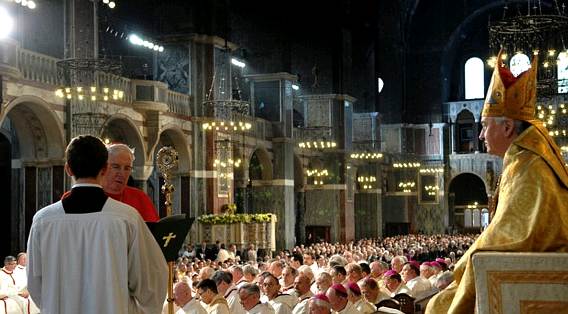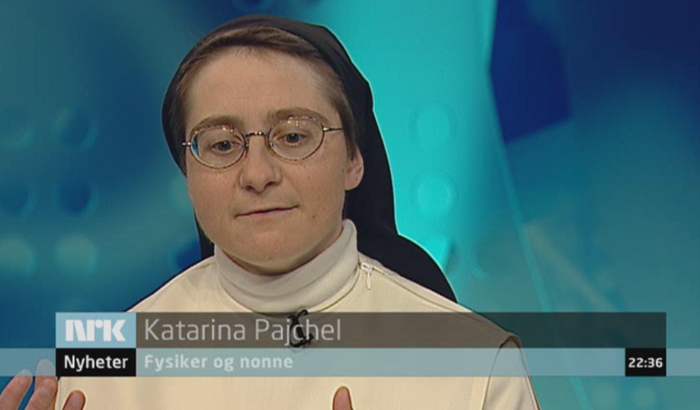Jeg leste i dag tidlig flere referater av pave Benedikts tale til bispedømmet Roma sist tirsdag, og man skulle nesten tro at man refererer til et annet foredrag – for vektlegginga ligger på lekfolkets meddeltakelse. Slik skriver f.eks. Zenit:
The Pope called on the laity to become more aware of their role … «There should be a renewed becoming aware of our being Church and of the pastoral co-responsibility that, in the name of Christ, all of us are called to carry out,» the Holy Father said. This co-responsibility should advance «respect for vocations and for the functions of consecrated persons and laypeople,» he added.
The Pontiff acknowledged that this requires a «change of mentality,» especially regarding laypeople, shifting from «considering themselves collaborators of the clergy to recognizing themselves truly as ‘co-responsible’ for the being and action of the Church, favoring the consolidation of a mature and committed laity.»
The Bishop of Rome suggested that «there is still a tendency to unilaterally identify the Church with the hierarchy, forgetting the common responsibility, the common mission» of all the baptized.
….. On the other hand, he cautioned against a tendency to see the People of God from a «purely sociological» point of view «with an almost exclusively horizontal perspective that excludes the vertical reference to God.»
Her er det ikke med noe om den problematiske tolkningen av Vatikankonsilet, som paven tar opp i foredraget (se her).
Katolsk.no skriver også kort (men mer balansert) om dette, slik: «I en tale den 26. mai i forbindelse med åpningen av en kongress i bispedømmet Roma, advarte Benedikt XVI mot tendensen til å identifisere Kirken eksklusivt med hierarkiet.
Den fire dager lange kongressen er viet til medansvar innad i Kirken, og Paven poengterte at legfolk «ikke kun skal være samarbeidspartnere med geistligheten», men fullt ut integrert med Kirkens misjon.
Pave Benedikt XVI minnet også om at Det annet Vatikankonsil erklærte et spesielt kall for legfolk til å forandre samfunnet gjennom Evangeliets kraft. Samtidig gjentok han en distinksjon tidligere påpekt flere ganger; Det annet Vatikankonsils lære bør tolkes og forstås i konteksten av tidligere katolsk tradisjon, og ikke som et brudd med kontinuiteten i Kirkens lære.»
Vatikanets informasjonstjeneste (VIS) skriver at bispedømmets konferanse hadde som hovedtema «Kirkemedlemsskap og pastoralt medansvar», som nok forklarer at paven tok dette temaet grundig opp i sitt innledningsforedrag, men VIS tar også med at paven tok opp den rette forståelsen av Vatikankonsilet:
In his address, the Pope called on ecclesial moments to work in harmony with the diocese, with «a true sense of belonging to the Church», and highlighted the need for a redoubling of commitment on the part of lay people, who are called «not merely to be collaborators of the clergy» but to shoulder their own specific responsibilities in the life of the Church.
He then dwelt on various erroneous tendencies such as that of tending to identify the Church with her hierarchy while forgetting that, in fact, everyone is part of her «from the Pope to the most recently baptised», or that of conceiving of the People of God in sociological and political terms, while overlooking the novelty of the Church.
In this context, Benedict XVI spoke of the good fruits of Vatican Council II, and rejected those forms of interpretation that consider the Council as a break in the continuity of Church tradition.
